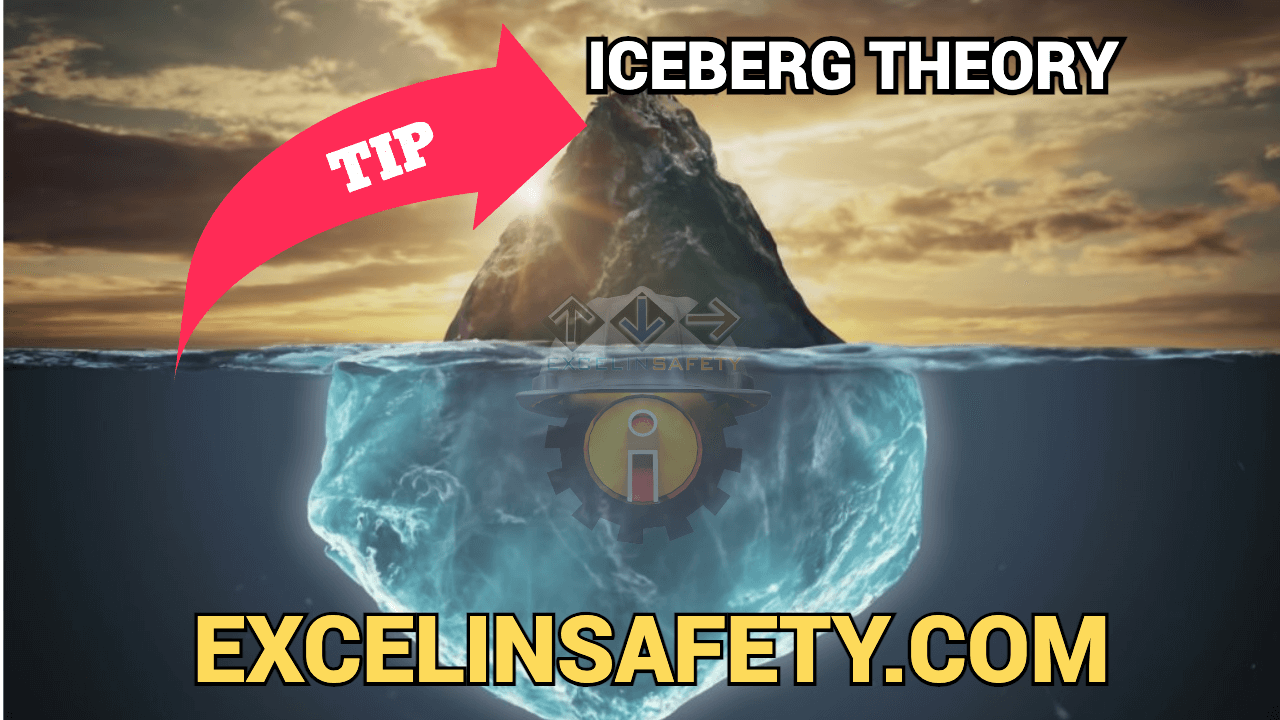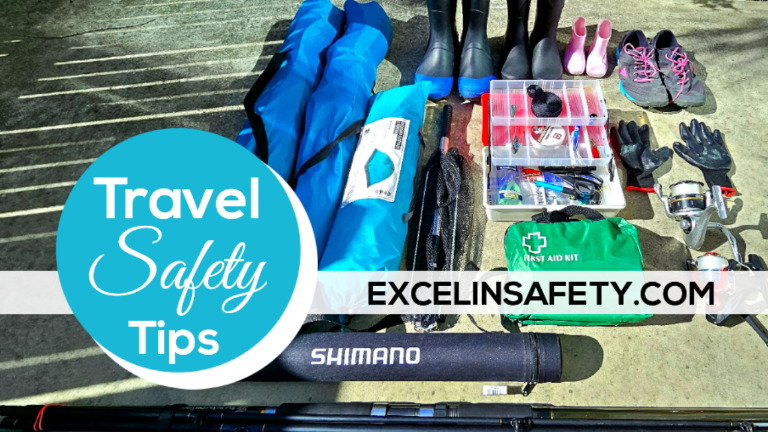Understanding the Iceberg Theory of Accidents
As a Safety Officer, we always hear about the Iceberg Theory of Accidents during our training sessions. This theory, developed by Herbert William Heinrich, illustrates that the visible, reported incidents and injuries at a workplace are just the tip of the iceberg. Beneath the surface lie numerous unreported or unnoticed near-misses, minor accidents, and unsafe practices that, if left unaddressed, can lead to more serious incidents. Understanding and addressing these hidden risks is crucial for preventing major accidents and ensuring a safer working environment.
Today, I will share one of my experiences and what I learned from that experience.
John (pseudonym), a seasoned warehouse worker with over ten years of experience, was going about his usual duties on a seemingly ordinary Tuesday morning. As part of his routine, he was inspecting the forklifts before the start of the day’s operations. One of the forklifts had been showing signs of battery issues recently, and John decided to take a closer look. He carefully removed the battery casing, donned his safety gloves, and began inspecting the battery. Suddenly, a loud hiss followed by a pop echoed through the warehouse. The battery had exploded, sending a spray of corrosive chemicals into the air. Despite his protective gear, some of the chemicals splashed onto his face and into his left eye.
John immediately felt a burning sensation and instinctively covered his eyes. His colleagues, hearing the explosion, rushed to his aid. They quickly administered first aid, rinsing his eye with water while another coworker called for emergency medical assistance. As the Safety Officer and Nurse on duty, I was promptly notified and hurried to the scene. Upon my arrival, I coordinated the emergency response, ensured the area was secured, and supervised the initial medical treatment. John was taken to the nearest hospital, where doctors confirmed that he had sustained a minor chemical burn to his eye. Although the injury was not severe, the medical team advised him to take a few days off to recover fully and prevent any potential complications.
Surface and Immediate Impacts
At first glance, the incident might seem minor—a single injury with John needing a few days off work. This perspective aligns with the visible tip of Heinrich’s Iceberg Theory of Accidents, which suggests that for every major accident, there are many more minor injuries and near-misses that go unnoticed or unreported. In this case, the visible and immediate impact was John’s injury and his subsequent leave. As the Safety Officer, I ensured the company documented the incident, conducted a brief investigation, and replaced the faulty battery, ensuring the forklifts were safe to use again. This response seemed adequate, addressing the immediate, visible aspects of the incident.
However, the immediate consequences extended beyond John’s injury and his short-term absence. There was the cost of medical treatment, both immediate first aid and subsequent hospital care. Additionally, there was a temporary disruption in workflow as the team had to adapt to John’s absence and the time taken to investigate the faulty battery. This surface-level impact was manageable but only a small part of the overall picture.
Underlying and Hidden Effects
According to the Iceberg Theory, the bulk of the effects of an accident lies hidden beneath the surface. These hidden effects can significantly outweigh the visible ones and are often overlooked. In John’s case, several hidden consequences emerged following the incident. First, there was the psychological impact on John and his colleagues. Even though the injury was minor, the fear and anxiety triggered by the explosion and the potential for more serious harm could affect the team’s morale and sense of safety at work. John himself might experience lingering anxiety about returning to work, particularly around forklifts, which could impact his performance and overall job satisfaction.
Moreover, the incident revealed deeper systemic issues within the company. The forklift battery that exploded had shown signs of trouble before the incident, indicating potential lapses in maintenance protocols. This raises questions about the thoroughness of regular equipment inspections and whether the team has adequate training to identify and address such issues proactively. There might also be underlying issues related to the storage and handling of hazardous materials, suggesting a need for more stringent safety measures and better communication among staff about potential risks.
Long-Term Implications and Preventive Measures
Addressing the hidden effects of this accident requires a thorough and multifaceted approach. As the Safety Officer, I took it upon myself to conduct a comprehensive review of our safety protocols, particularly concerning equipment maintenance and hazardous materials handling. This involved retraining staff, implementing more rigorous inspection routines, and ensuring that all safety measures are up-to-date and strictly followed. Additionally, I fostered an open and supportive environment where employees feel comfortable reporting near-misses and potential hazards without fear of retribution.
From a human resources perspective, the psychological well-being of John and his coworkers became a priority. Providing access to counselling services or support groups helped address any lingering anxiety or fear. It’s also crucial to ensure that John receives any necessary support during his recovery and upon his return to work, including any accommodations needed to ease his transition back.
While John’s eye injury and the explosion of the forklift battery appear to be minor incidents on the surface, the hidden impacts are far more significant. The Iceberg Theory of Accidents reminds us that the visible effects of an accident are only a small part of the story. By addressing both the visible and hidden consequences, I was able to help prevent future incidents, ensure a safer working environment, and maintain the well-being and morale of our employees.
A video about the Iceberg Theory of Accident was detailed in the video below, check them out!








Leave a Reply
You must be logged in to post a comment.